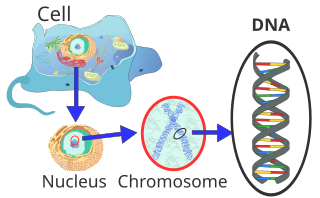 |
| https://upload.wikimedia.org/wikipedia/commons/3/3d/%D0%95%D0%BA%D0%BE%D0%BB%D0 %BE%D0%B3%D0%B8%D1%87%D0%BD%D0%BE_%D1%80%D0% B0%D0%B2%D0%BD%D0%BE%D0%B2%D0%B5%D1%81%D0%B8%D0%B53.jpg |
Summary
An ecosystem is a community of living and non-living organisms which interact with each other. Living organisms are biotic while non-living parts of an ecosystem are abiotic. One way biotic organisms are dependent on abiotic factors is how animals need oxygen to survive. Animals are biotic and oxygen is abiotic. An example of how biotic organisms rely on other biotic organisms is in an ecosystem's food web. When the population on one creature drops, increases or gets diseased than all organisms part of the web are affected since everything is somehow connected.
SP3: Planning and Carrying out Investigations
I planned and carried out an investigation when I used a Gizmos simulator to experiment with how populations and health of organisms might affect the other organisms in the food chain. I did this by changing populations and the health (normal or diseased) of rabbits, grass, snakes and/or hawks. After watching a graph of the populations of each organism over a certain period of time, I recorded my data. After that, I studied my data and thought about why the organisms were affected the way they were.
XCC: Cause and Effect
In an ecosystem food chain, all of the organisms are dependent on one another. If something changes with one organism, then all of the other orgnisms in the ecosystem will be affected since everything is connect whether directly or thorugh another organism. For example, imagine a simple food chain with grass as the producer, then rabbits that eat the grass, snakes that eat the rabbits, and hawks that eat the snakes. If out of nowhere the snake population drastically increased. Several things would happen. During the first few months, the rabbit population would increase causing the grass population to decrease while the haw population would also decrease. However, overtime eveyrthing will most likelt balance out eventually or somehow work out.
